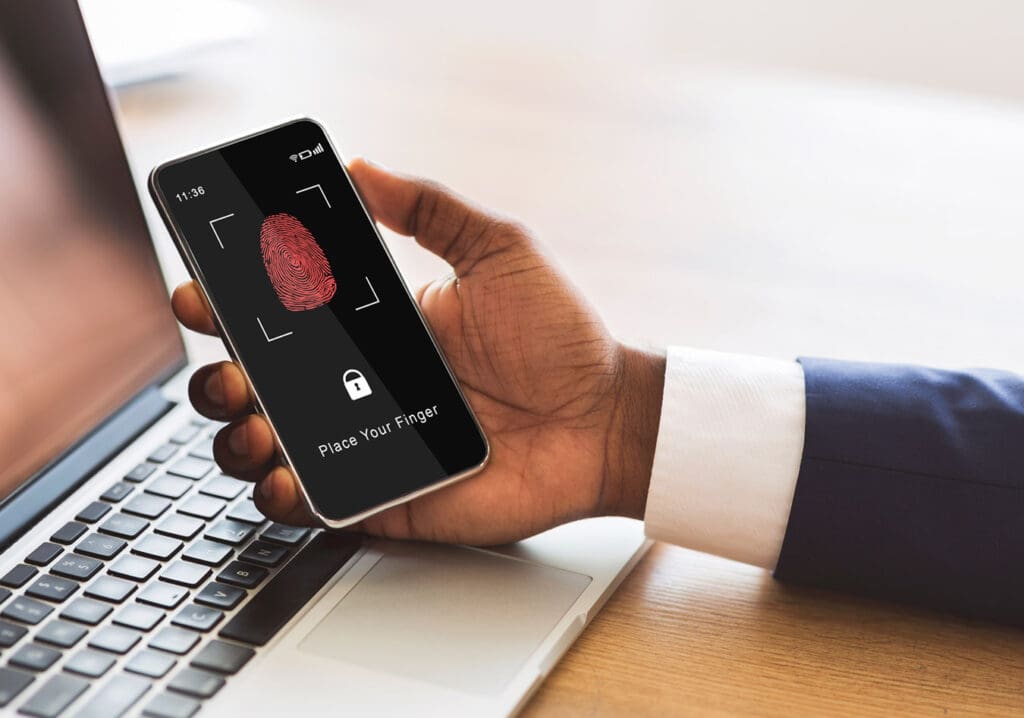A Modern Approach to Data Protection
Businesses face a growing number of sophisticated cybersecurity threats, including:
- Phishing attacks: These scams trick employees into clicking on malicious links or opening attachments that can infect systems with malware.
- Ransomware: This type of malware encrypts a victim’s data, making it inaccessible until a ransom is paid.
- Data breaches: Unauthorized access to sensitive information can lead to financial loss, reputational damage, and legal consequences.
- Supply chain attacks: Compromising third-party vendors can provide attackers with a way into a business’s network.
- DDoS attacks: These attacks overwhelm a network with traffic, making it unavailable to legitimate users.
To safeguard sensitive data and secure operations, a new security model has emerged: zero trust cybersecurity. This approach differs from traditional security methods by emphasizing the importance of restricting access, verifying every user and device, and minimizing the risk of breaches. By understanding zero trust, businesses can fortify their defenses and create a more resilient security posture.
The Zero Trust Framework
Zero trust cybersecurity is built upon several key principles:
- Never Trust, Always Verify: This principle dictates that no entity, whether a user, device, or application, should be automatically trusted to access network resources. Instead, every request should be subjected to rigorous verification before access is granted.
- Least Privilege: This principle ensures that users and devices are only given the minimum access necessary to perform their job functions. This helps to reduce the potential damage caused by a breach.

- Continuous Verification: This approach requires ongoing monitoring and re-evaluation of access privileges to ensure they remain justified. It helps organizations adapt to changing circumstances and mitigate risks.
- Micro-segmentation: This strategy divides a network into smaller, isolated segments, limiting the potential damage of a breach by confining an attacker’s access to a specific area.
Real-World Examples
Zero trust principles have been successfully implemented in various industries. For instance, the healthcare sector, where protecting patient data is paramount, has adopted zero trust to prevent unauthorized access to sensitive medical records. Financial institutions have also embraced zero trust to safeguard customer information and prevent fraud.
- Ransomware Attack on a Hospital: In 2021, a hospital in the United States was hit by a ransomware attack that disrupted patient care and led to significant financial losses. Had the hospital implemented a robust zero trust framework, it could have prevented the attackers from gaining widespread access to its network and encrypting critical systems. Zero trust principles, such as micro-segmentation, could have isolated infected systems, limiting the spread of the ransomware.
- Data Breach of a Health Insurance Provider: A large health insurance company experienced a data breach in 2020 that exposed the personal information of millions of customers. A zero trust approach could have helped prevent the breach by limiting access to sensitive data and requiring strong authentication for all users, including external vendors.

- Phishing Attack on a Bank: A major bank was targeted by a phishing attack in 2023 that resulted in customers losing money to fraudsters. Zero trust principles, such as never trust, always verify, could have helped prevent the attack by requiring multi-factor authentication and verifying the authenticity of login attempts.
- Insider Threat at a Financial Services Firm: An employee at a financial services firm stole customer data and sold it on the dark web. A zero trust approach, combined with strong access controls and monitoring, could have detected the employee’s suspicious activity and prevented the data theft.
These examples demonstrate how zero trust cybersecurity can be a valuable tool in protecting sensitive data and preventing costly incidents in industries like healthcare and finance. By implementing zero trust principles, organizations can significantly reduce their risk of cyberattacks and ensure the confidentiality, integrity, and availability of their information.
Benefits of Zero Trust
- Enhanced Security: Zero trust helps prevent unauthorized access, data breaches, and other cyberattacks.
- Reduced Risk: By limiting access and verifying every request, businesses can minimize the potential damage of a breach.
- Improved Compliance: Zero trust can help organizations meet regulatory requirements and industry standards.
- Enhanced Agility: The zero trust model is adaptable and can be adjusted to accommodate changes in technology and business needs.
To learn more about how zero trust can benefit your business and develop a customized security strategy, partner with KT Connections. Our experienced team of cybersecurity experts can help you assess your current security posture, identify vulnerabilities, and implement effective zero trust solutions. With KT Connections as your trusted advisor, you can confidently navigate the ever-evolving threat landscape and protect your organization’s critical assets.
